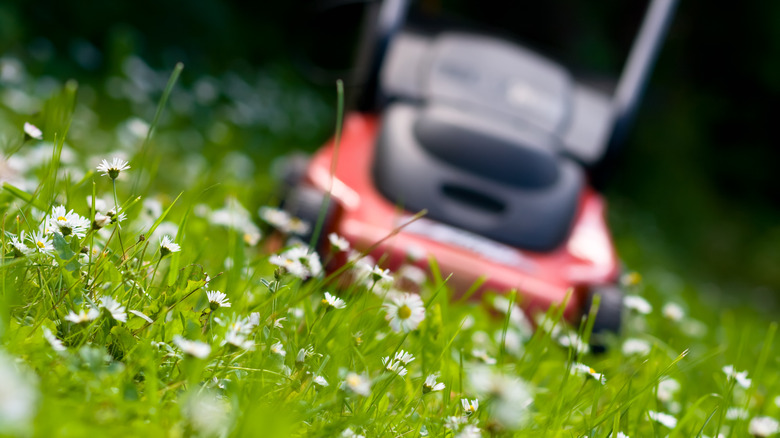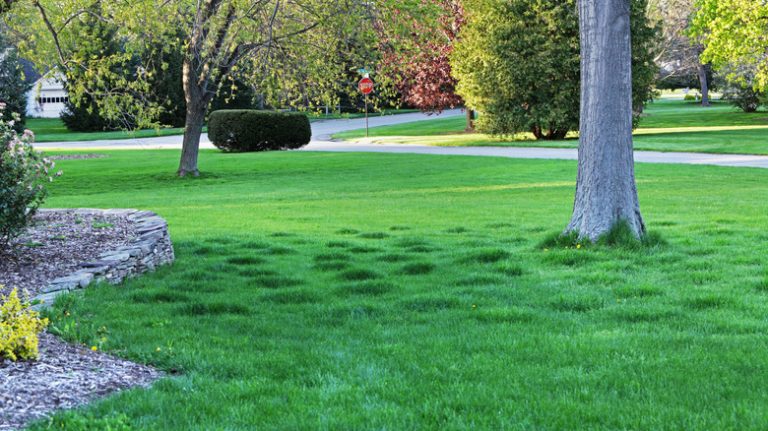Traditional lawns are charming and classic, inviting you to play or lie down in the grass. However, they’re also high-maintenance, expensive, and bad for the environment. However, if you don’t want to let your yard grow completely wild, consider creating a tapestry lawn instead.
A tapestry lawn is a carpet of frequently flowering native plants rather than grass. Because native plants grow well in your local environment, they require less maintenance and lawn care while supporting nearby wildlife and pollinators. Though some mowing is still necessary, it’s not as often as required for an ordinary lawn.
To create a tapestry lawn, you’ll select specific plants that need minimal mowing. Most will still require mowing a few times a year, but some tolerate it better than others. Keep track of what you plant and how to care for it. Mowing mimics the activity of grazing wildlife, keeping the taller plants low so they can’t take over your lawn.
How to mow a tapestry lawn

Plan to mow your tapestry lawn about three to four times a year. However, since every tapestry lawn is slightly different, you may need to make some adjustments as you monitor its growth.
When you mow, set your mower to the tallest setting. Your goal is to retain some of the flowers, so the lawn will continue attracting pollinators as it grows back. Aim to leave at least two-thirds of the vegetation standing after mowing. If you notice your lawn is growing too aggressively, try mowing more frequently. If it’s slow to recover, reduce your mowing frequency.
In addition to mowing less often, you can skip raking a tapestry lawn. The clippings and debris will enrich the soil as they decompose. (This lawn care secret actually applies to leaving grass clippings on regular lawns too!) While a tapestry lawn still requires a bit of care, it’s much less effort than keeping a standard lawn healthy. Plus, your new lawn will help the environment by supporting local pollinators and wildlife. It’s a win-win upgrade for your yard.




